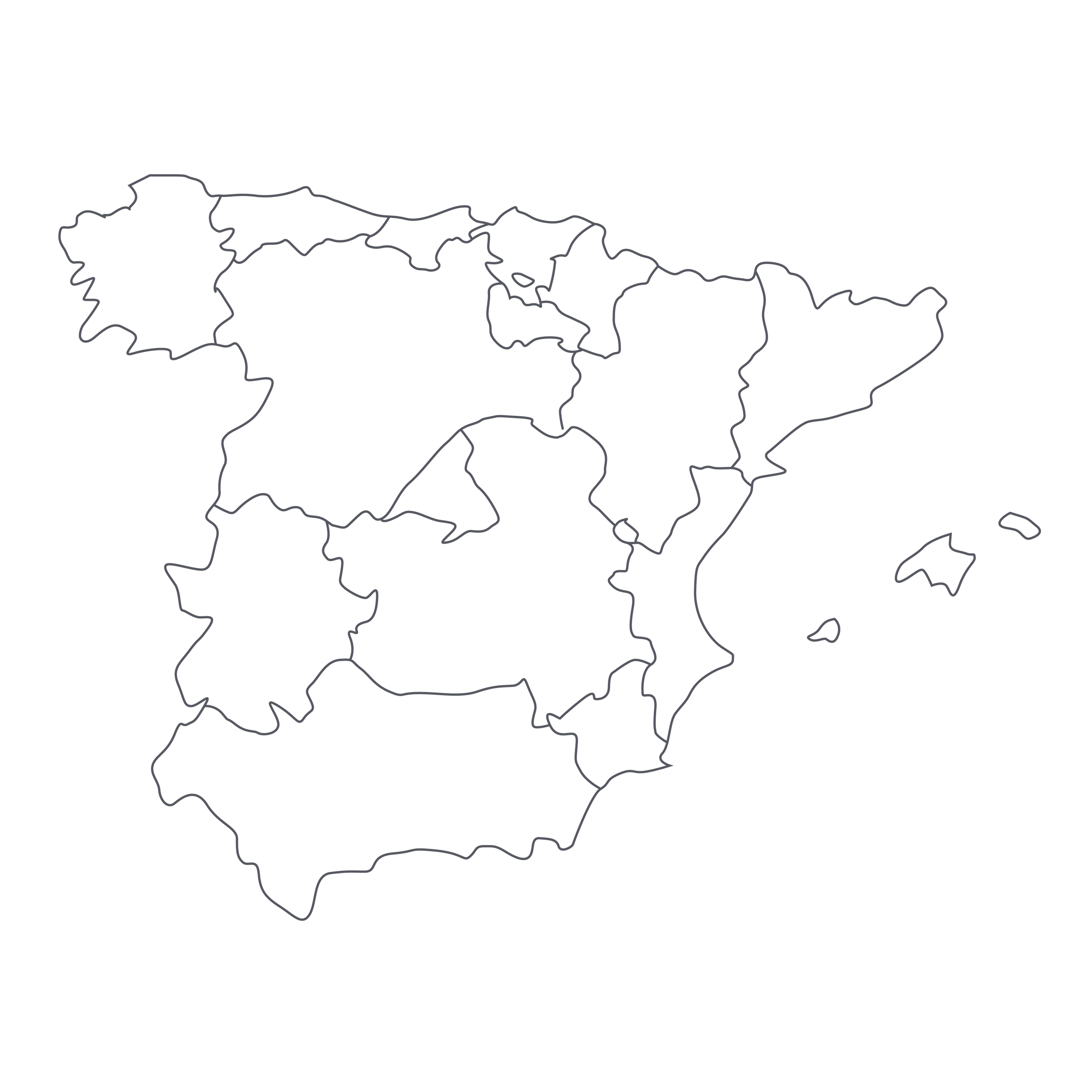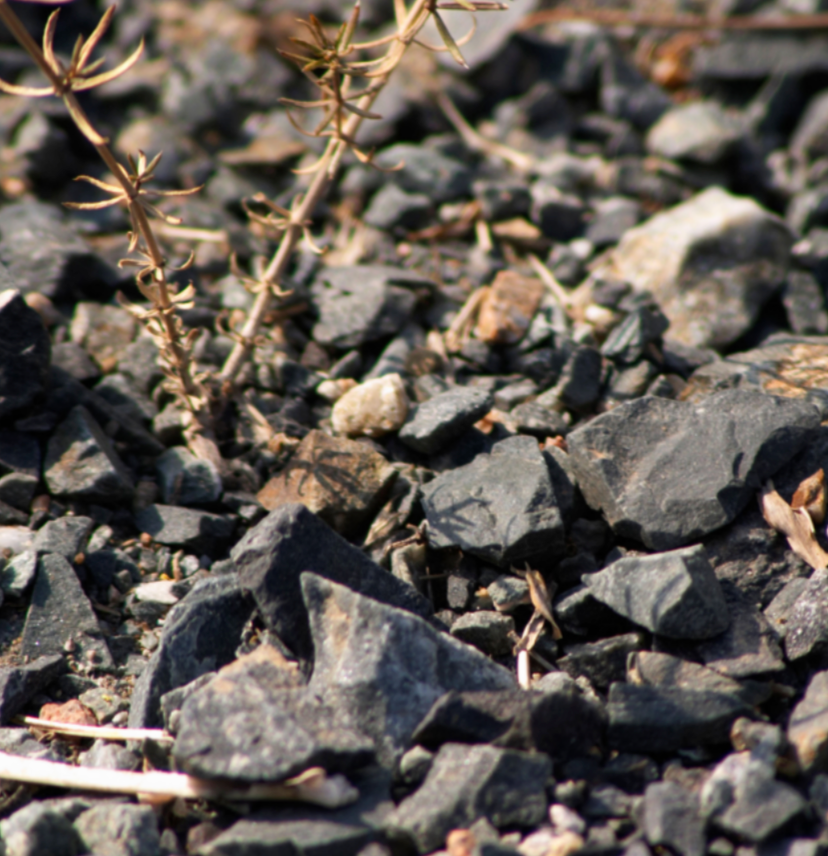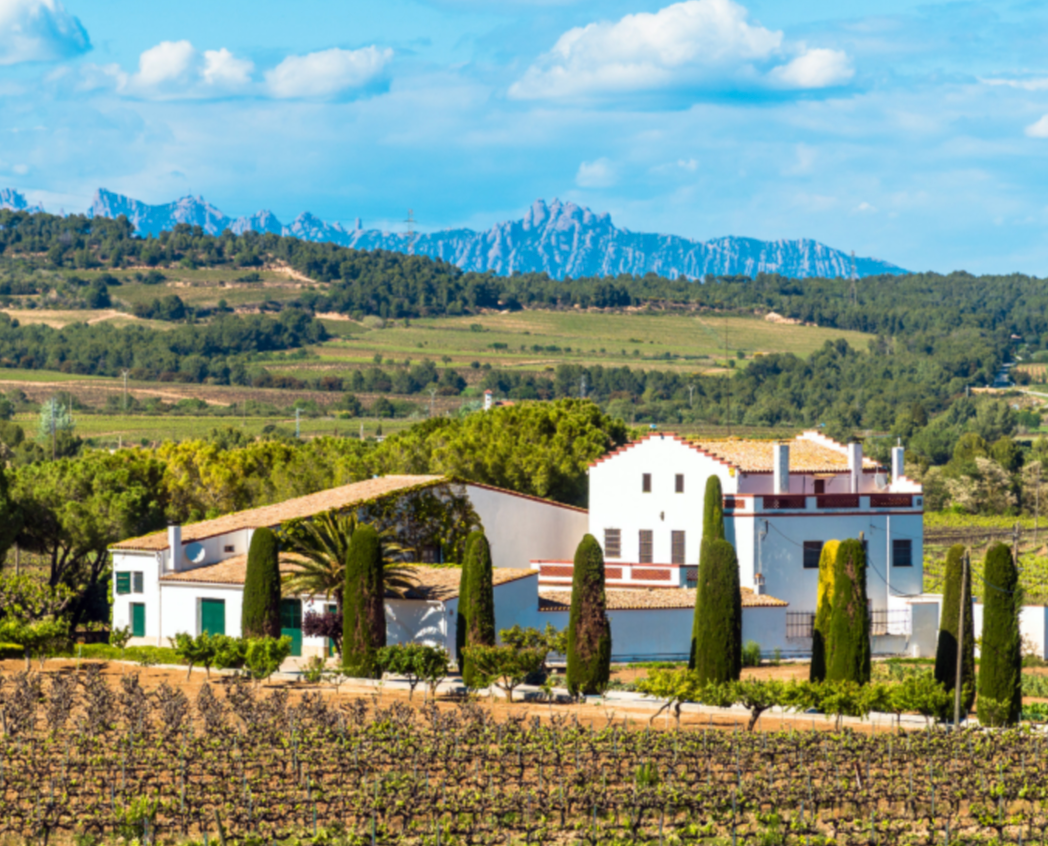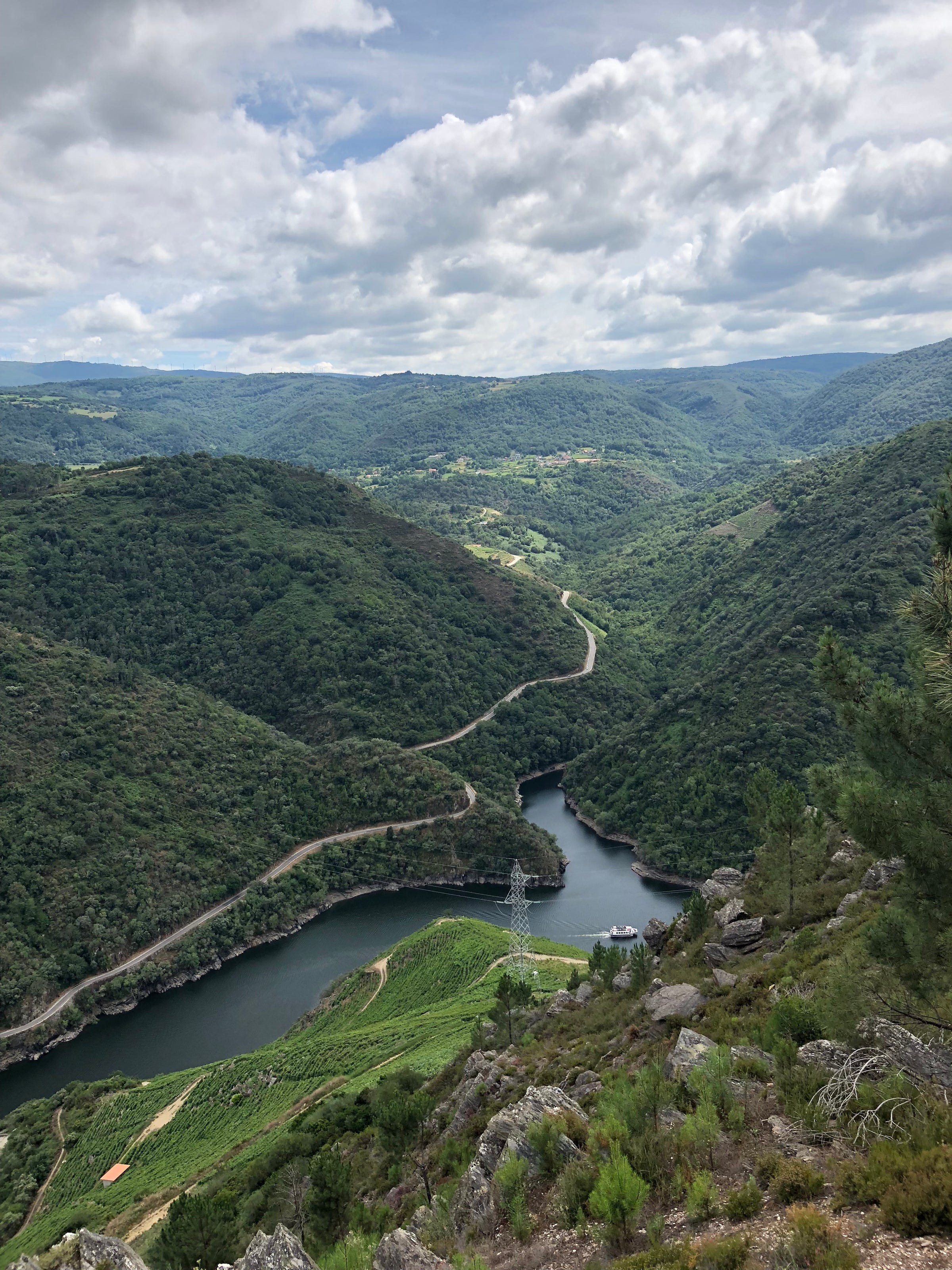You’ve surely noticed a couple of old-school Riojas gracing our site over the past two months, and although they haven’t survived long, they’ve certainly left a lasting impression on the lucky few who were able to acquire them. The quality and allure of these antiques are simply amazing: The ’76 Crianza was ethereal and Burgundian; the ’64 Gran Reserva was a savory smoke show; and today’s 1988 Reserva exists somewhere between the two, except in price. Coming in at just $49, Coto Mayor’s decades-old Rioja is an extremely rare and affordable opportunity to acquire a flawlessly stored classic.
It’s got all the hallmarks one could ask for: dried plum, sweet-sour interplay, vintage leather, sandalwood; it’s savory perfection in a glass. Regrettably, this marks the third and final parcel of old Rioja we scored, and if more exist on the horizon, we are currently unaware of it. What we do know, however, is that the window of opportunity to acquire a deeply traditional, 30+-year-old Rioja with perfect provenance shrinks with each passing day. Do not miss out.
Although Bodega El Coto was founded in 1970, their size and prominence today is truly staggering. They’re the leading brand for Crianza and Reserva categories, and they farm hundreds of hectares throughout Rioja’s famous sub-zones. Those culled to craft today’s Coto Mayor come from the granddaddy of them all: Finca Los Almendros in Rioja Alavesa, which currently stands as the largest vineyard in the entire region.
Despite a massive annual production, they produce resolutely classic Riojas, ones built for decades of evolution, as evidenced by today’s 1988 Reserva. It’s largely Tempranillo, with a small percentage of the local Graciano variety, that is aged in new and used American oak for 24 months. Upon bottling, the wine was allowed to mature for 18 more months prior to its release. A collector in Northern Spain purchased this small lot and buried it in his private cellar for the next 30 years before it was packed up and shipped our way.
We’re always thrilled to uncork cellar-stored beauties but some demand far more respect and awe than others: Despite being a ripe old age, today’s 1988 Coto Mayor Reserva is priced impossibly low—and it’s drinking beautifully. After pouring into Bordeaux stems and allowing five minutes to open up in the glass, a sublime two-hour sensory performance begins in the form of dried plum and cherry, redcurrant, clove, sandalwood, coconut husk, cedar, vintage leather, dried rose petal, charred earth, dried sage, smoke, and a hint of wild game. The palate is fine-grained and medium-bodied, introducing itself with modest waves of savory, red-fruited layers, kitchen spices, and Rioja’s signature sweet and sour sauce. It’s a perfect example of how top-class Tempranillo from a bonafide benchmark evolves over time. Savor it now and over the next 3-5 years. Cheers to yet another incredible, and delightfully affordable, library-release gem!







